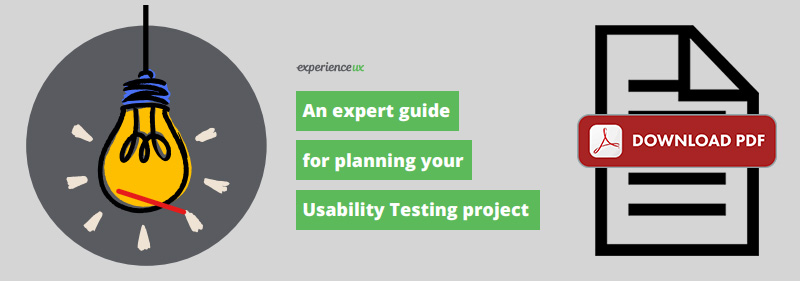The key difference between usability testing and traditional testing (bug testing, acceptance testing etc.) is that usability testing takes place with actual users or customers of the product. Whilst traditional testing might be undertaken by a developer, designer or project manager, usability testing removes any bias by collecting feedback directly from the end user.
The terms usability testing and user testing are used interchangeably. However, we prefer usability testing as we are not testing the user in any way, rather, we are testing the digital interface they are using.
There are a few different types of usability testing or reasons to conduct usability research:
Comparative Usability Testing
Used to compare the usability of one website with another. Comparative tests are commonly used to compare a website against peer or competitor sites, however, it can also be used to compare two designs to establish which provides the best user experience.
Explorative Usability Testing
Before a new product is released, explorative usability testing can establish what content and functionality a new product should include meeting the needs of its users. Users test a range of different services where they are given realistic scenarios to complete which helps to highlight any gaps in the market that can be taken advantage of and illustrate where to focus design effort.

Usability Evaluation
This is a test of a new or updated service either pre or post-launch. This usability test introduces users to the new design to ensure it is intuitive to use and provides a positive user experience. The aim of the usability evaluation is to ensure any potential issues are highlighted and fixed before the product is launched.
Advantages
There are many advantages of usability testing including:
- feedback direct from the target audience to focus the project team
- internal debates can be resolved by testing the issue to see how users react to the different options being discussed
- issues and potential problems are highlighted before the product is launched
The business advantages of usability testing can be seen at the end of the project:
- it increases the likelihood of usage and repeat usage
- it minimises the risk of the product failing
- users are better able to reach their goals, which results in the business meeting its targets
Disadvantages
Usability testing provides many benefits, but there are a few disadvantages to using this methodology, which should be noted. Firstly, testing is not 100% representative of the real-life scenario, e.g., a mother may not have her two young children running around as she might have at home. Also, usability testing is mainly qualitative, so does not provide the large samples of feedback that a questionnaire might, but the feedback can be far more accurate and insightful.
Conclusion
Usability testing can be used in a variety of ways during your project lifecycle. Despite not being able to mimic real-life usage, usability testing is still the best method of ensuring your website supports users in achieving their goals quickly and easily. When businesses meet the needs and expectations of their users, they are more likely to develop a successful service.



